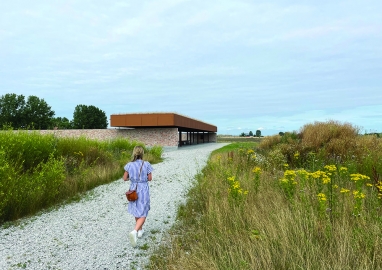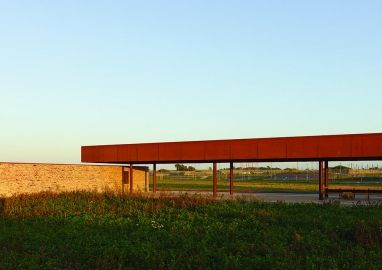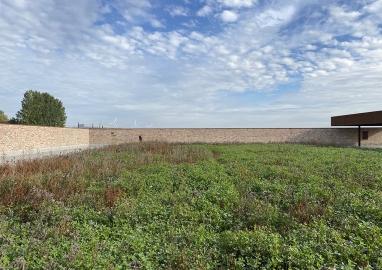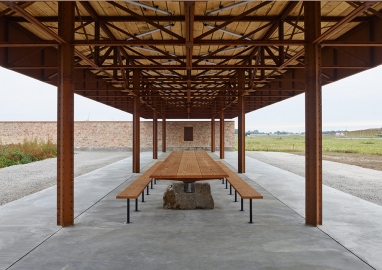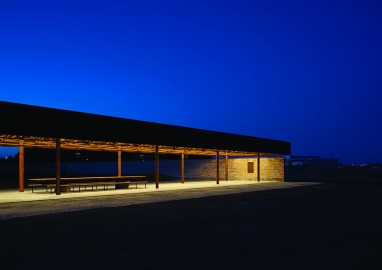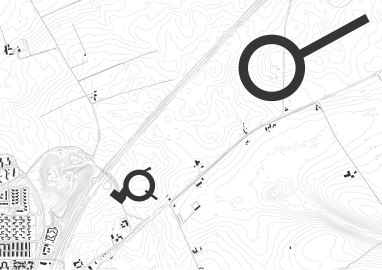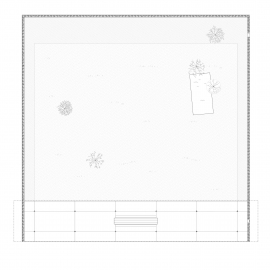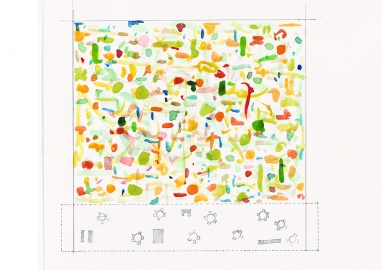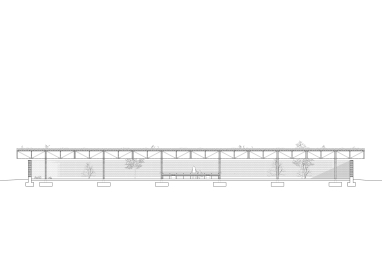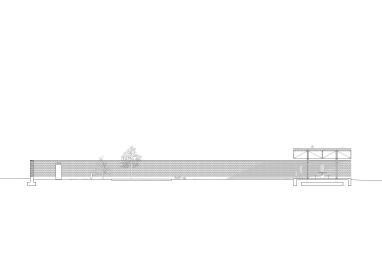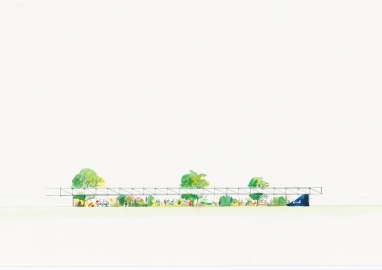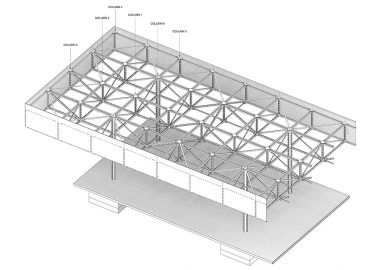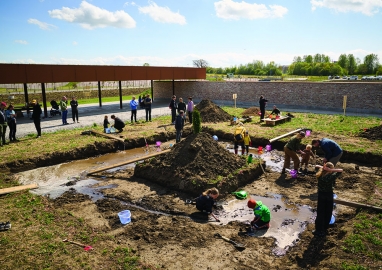Hage
Hage is a high quality public space that should both work as a short term space for public discussion, events and workshops, while also, in a long-term perspective, offer a meditative, beautiful urban space and garden at the heart of a new neighbourhood. Open to everyone, it is a response to the question of how to build a new community: start with social space.
The medieval city of Lund, located in the south of Sweden, is surrounded by some of the most fertile farmland in the country. Following the establishment of a new science park, a large urban development is now taking place on the outskirts of the city. The Lund Cathedral is a large landowner within the new urban development.
Lund Cathedral has decided to retain a critical distance to this new, large development and to develop their land themselves guided by value-based long-term thinking – rather than to hand over the property to a real estate developer.
They have established an alternative long-term planning framework by carefully curating both art and architecture, and by embracing an open and organic approach to the masterplan involving the city and its inhabitants in this process.
Hage is the first built commission within this plan.
A strong 40 by 40 metre enclosure from reused bricks in the peri-urban landscape will now transform the fallow fields into a new urbanity. People and local groups are invited to inhabit the space, and to gradually develop and realise ideas for its future character and use.
Currently, ‘Hage’ appears as an object in the landscape. The scale corresponds to the typical farmsteads in the area. In an open windswept landscape, Hage creates a calm environment and protection. A pause.
In time, when a new neighbourhood is gradually established around this public space, it will become a void in the city fabric. The first homes to be built next to Hage – designed by Catalan architects Flores & Prats – will form a direct conversation with ‘Hage’. Public spaces in the two buildings, including a communal kitchen, will look out onto ‘Hage’, creating a generous group of community spaces for all residents and visitors to enjoy.
We hope that the garden will grow along with the children who inhabit the new neighbourhood; that they hold birthday parties each year in Hage and create a memory-bank of family rituals that are framed by the garden.
Film: https://www.youtube.com/watch?v=vXjhGIAlzdc
Designed as a walled garden for people to congregate, talk, play, and exchange ideas, it is enclosed on three sides with a simple, 2.2 metre-high brick wall. The fourth side of the enclosure is open and protected by a 43.2 x 7.2 meter corten steel canopy, beneath which sits a long wooden table, accompanied by two generous benches. The two stones supporting these benches have been sourced from a nearby quarry, and the 48,000 reclaimed bricks came from the recently demolished Björnekulla jam factory.
Working with local fabricators Proswede, the London-based structural engineers Price & Myers devised a beguilingly simple construction system for the canopy using 20,000 rivets. Rather than using a standard welding process, the team elected to take a more hand-crafted approach which reflected the design aesthetic developed through a collaboration between the architects and engineers: simplicity, honesty, and integrity of materials. The design of the canopy is also intended to echo the riveted iron roof structure of Lund Cathedral, creating a conceptual and physical thread between the two structures which sit 5km apart.

